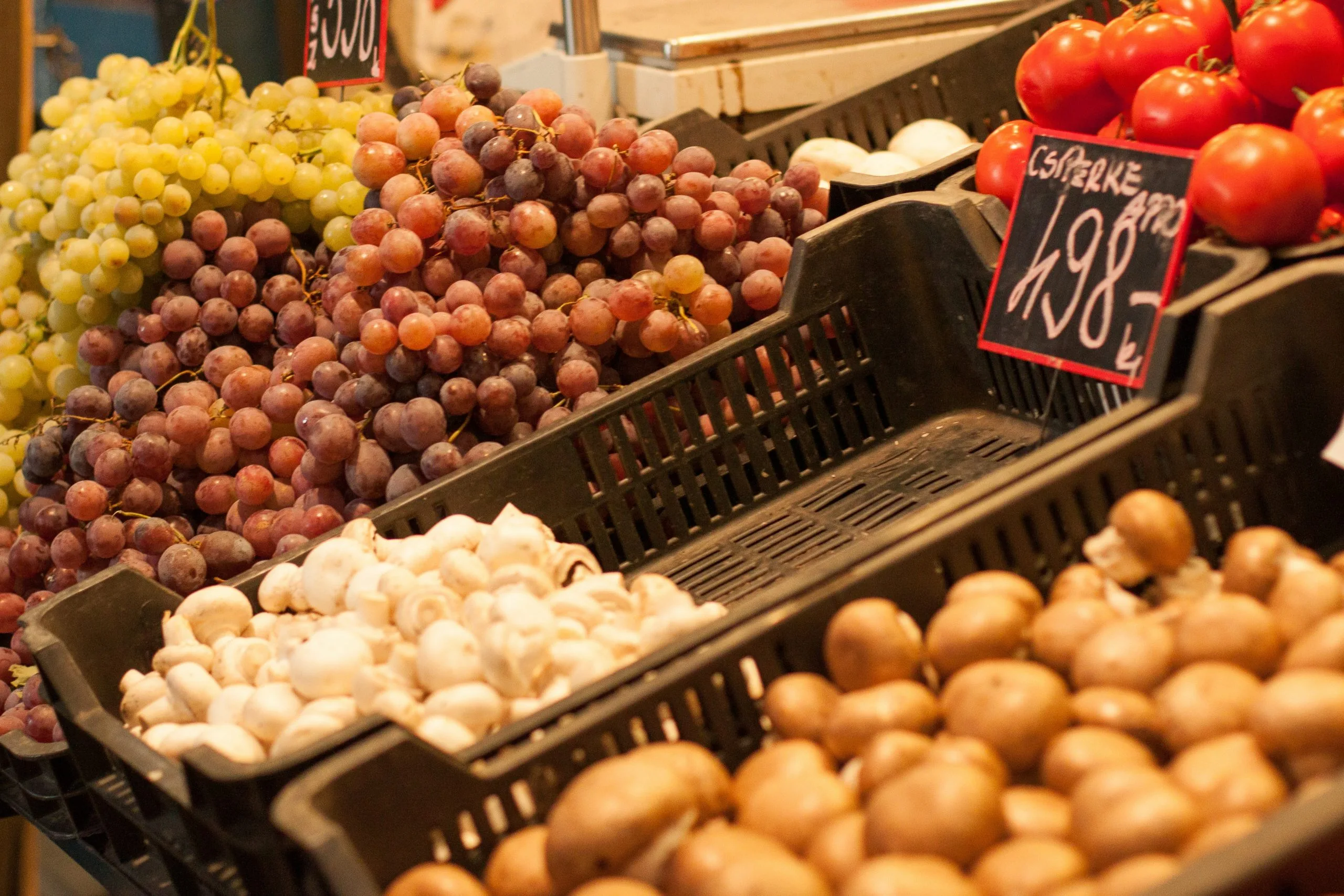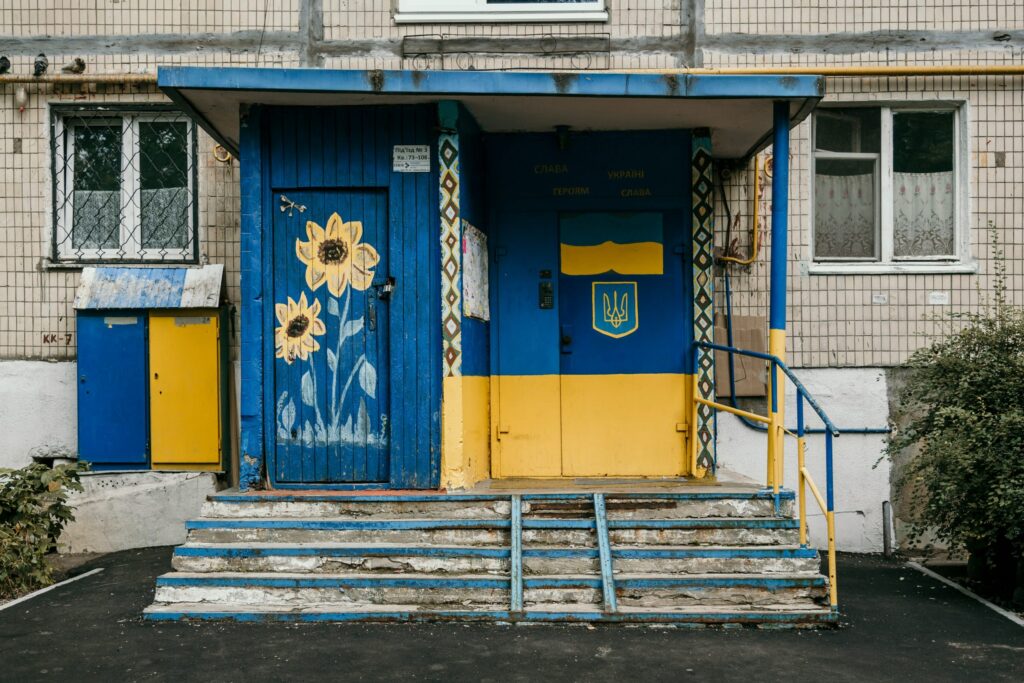I write this in Bucharest, less than 200 kilometres from Romania’s border with Ukraine. Ever since Russia launched its full-scale invasion of Ukraine on February 24, 2022, pieces of drones used in Russian attacks on Ukraine’s Danube ports have occasionally fallen on Romanian territory—most recently on February 12. (The following day, a Romanian general revealed to an astonished public that no legislative framework currently exists that would allow Romania to shoot down such drones).
Russia’s war on Ukraine is therefore close, and yet in practice it feels millions of kilometres away.
For Ukrainians fighting to defend their country from Russian aggression, and to free those parts of Ukraine occupied by Moscow’s troops, the war is real. On the military front, the conflict has evolved into a war of attrition, with both sides engaging in intense artillery duels and maneuver warfare.
The introduction of Western-supplied weapons systems has bolstered Ukraine’s defensive capabilities, enabling it to counter Russian advances more effectively. However, the prospect of the war entering a prolonged period of stalemate looms large, with Russian forces entrenching themselves and Ukraine failing to make further gains.
‘I need ammunition, not a ride’
On February 13, European Bank for Reconstruction and Development (EBRD) President Odile Renaud-Basso said that Western aid to Ukraine now exceeds the Marshall Plan, the US plan to rebuild Western Europe after World War II.
The EU and US have been Ukraine’s biggest financial backers during the conflict, handing out 27.5 billion euros and 22.9 billion euros, respectively, between the launch of Russia’s full-scale invasion and the end of last year.
The EU’s expected support for Ukraine of 18 billion euros for 2024 represents almost one-tenth of the country’s projected GDP of 186 euros. Further US support is currently being held up by stubborn Republicans in the House of Representatives.
And yet both within Ukraine and outside of the country, there is a clear feeling that the current level of support is far below where it should be. Military assistance in particular has been drip fed, just enough for the country to survive but nowhere near enough to allow it to launch large-scale counteroffensives. The front-line has shifted little over the past 18 months.
Desperately short of ammunition, in particular 155 mm artillery shells, Ukraine’s decision to retreat from the frontline city of Avdiivka last week appears justified militarily, but that has not stopped President Volodymyr Zelensky from highlighting Ukraine’s shortage of weapons and the increasingly critical nature of further delays to securing the 60 billion US dollars of aid currently being delayed by US legislators.
According to Jack Watling, a senior research fellow for land warfare at the Royal United Services Institute, if the US does eventually approve funding for Ukraine it should be possible to get around 1.3 million rounds of ammunition to the country in 2024, which would allow Ukraine to hold the line.
With European investment to expand production, significantly more can be provided in 2025, meeting a level that would enable Ukrainian offensive operations. But with Europe still expanding production capacity, Ukraine will face critical shortages in the next few months unless the US steps in. Another option is sourcing ammunition from outside the EU—Czech President Petr Pavel said on February 16 that the Czech Defence Ministry had identified 800,000 units of available ammunition that could be delivered to Ukraine within weeks.
The ammunition would come from “various countries” which Pavel said had “conditioned their participation on the fact that we will not disclose specific information about them”.
France, Cyprus and Greece currently oppose the EU-financed purchase of ammunition from outside the bloc—France to protect its own defence industry, Cyprus and Greece out of fear that some of the ammunition could be sourced from Turkey.
The European Union’s top diplomat, Josep Borrell, appeared to suggest on February 19 that EU funds could be used to procure ammunition for Ukraine from outside the bloc if this source of supply is “better, cheaper, and quicker”, although he offered no details of when, or how much money would be committed to doing so.
The cost of reconstruction
Beyond military aid, economic support and humanitarian assistance are crucial for sustaining Ukraine’s resilience. This encompasses direct financial aid, reconstruction funds, and support for refugees and internally displaced persons. Strengthening Ukraine’s cyber defenses and energy infrastructure is also vital, especially given Russia’s tactics of targeting civilian amenities.
In 2024 alone, Ukrainian authorities estimate the country will need around around 15 billion US dollars for immediate reconstruction and recovery priorities at both the national and community level, with a particular focus on supporting and mobilising the private sector alongside restoration of housing, soft infrastructure and services, energy, and transport.
A report from the World Bank on February 15 revealed that direct damage in Ukraine has now reached almost 152 billion US dollars, with housing, transport, commerce and industry, energy, and agriculture as the most affected sectors.
Across the country, 10 per cent of the housing stock has been damaged or destroyed, prolonging displacement of Ukrainians from their communities. The destruction of the Kakhovka Dam and the hydropower plant in June 2023 has resulted in significant negative impacts on the environment and agriculture and exacerbated challenges already faced by people struggling to access housing, water, food, health services.
An overperforming economy
Nevertheless, Ukraine’s economy has demonstrated remarkable resilience, overperforming expectations in several key areas—a testament to the strength and adaptability of the Ukrainian spirit and business sector.
While challenges abound, there are noteworthy signs of economic stamina and potential for recovery, even under the current circumstances.
Remarkably, certain sectors have shown not just resilience but growth, leveraging the crisis to innovate and adapt. The IT sector, for instance, has thrived, with Ukrainian tech companies and start-ups quickly adapting to remote work, securing international contracts, and contributing significantly to the country’s export revenues. This sector’s robust performance has been a silver lining, illustrating how necessity can fuel innovation.
Furthermore, despite the severe disruptions in traditional agricultural areas, Ukrainian farmers and agribusinesses have adapted swiftly, redirecting their efforts to less conflict-affected regions and employing innovative agricultural practices to sustain production. This adaptability has ensured that despite disruptions to export routes (including the current blockage of the Poland-Ukraine border by Polish farmers), Ukraine remains a vital player in the global food supply chain.
On the financial front, Ukraine’s central bank and government have implemented prudent fiscal and monetary policies to stabilise the economy. These measures have helped keep inflation in check and maintain currency stability, surprising many analysts who had anticipated worse outcomes. International financial aid has bolstered these efforts, but the economic management by Ukrainian authorities has been commendable.
More than six million refugees remain outside Ukraine
People In Need (PIN), one of the largest NGOs in Central Europe, said in January that almost two years since the full-scale war broke out, ten million Ukrainians still cannot return to their homes. Almost four million remain internally displaced within Ukraine, and more than six million refugees remain abroad, in Europe and overseas.
“The mass migration triggered by the Russian invasion is not just about fleeing Ukraine to the nearest safe country; it has become more complex,” PIN notes. “This complexity has become particularly evident in recent months as the movement of refugees from countries directly bordering Ukraine has expanded further west, mainly to Germany, but also as far as Canada, where there is a robust Ukrainian diaspora.
“Many Ukrainians maintain contact with home through short-term moves back and forth, building on pre-existing patterns of seasonal labour migration. Millions of refugees have returned permanently to their homeland but rarely to the areas where they fled.”
The United Nations High Commissioner for Refugees (UNHCR) meanwhile estimates that there are currently around six million Ukrainian refugees in Europe.
The distribution of refugees has changed significantly over the past year. While in the spring of 2023, Poland was still the country with the highest number of forcibly displaced persons, Germany is now the leading destination. According to official statistics, about 1.1 million Ukrainian refugees currently reside in Germany.
The refugee situation has changed dramatically in Poland as well. Of the more than 1.6 million refugees to whom Poland granted temporary protection, only about 960,000 remain there.
The Trump factor
Should Donald Trump win November’s US presidential election, Ukraine potentially has less than a year before it faces relying almost entirely on European support or else be forced to seek a painful peace with Russia that would almost certainly mean the loss of considerable amounts of territory.
The prospect of a Trump presidency raises significant concerns for Ukraine, given his previous tenure’s ambiguous stance towards Russia and its aggressive actions in Eastern Europe.
Trump’s approach, often criticised for being overly conciliatory towards Vladimir Putin, could lead to a drastic shift in US foreign policy, potentially undermining the (broadly) bipartisan support Ukraine has enjoyed thus far. Such a development would not only embolden Russian ambitions in the region but also place Ukraine in a precarious position, having to recalibrate its strategy amidst dwindling American support.
Trump’s comments on February 10 that he would encourage Russia to do “whatever the hell they want” to any NATO member country that doesn’t meet spending guidelines set the tone for any future presidency. Biden called Trump’s comments “appalling and dangerous”, suggesting his predecessor intended to give Putin “a green light for more war and violence”.
NATO chief Jens Stoltenberg said that Trump’s comments “put American and European soldiers at increased risk”. When he later said that, “regardless of who wins the presidential election the US will remain a strong and committed NATO ally”, it may have been more out of wishful thinking.
Unpalatable avenues for peace
The implications of this potential shift extend far beyond the military realm, however, affecting the economic and diplomatic support that has been crucial for Ukraine’s resilience.
European allies, while supportive, may find their resources stretched increasingly thin, especially in the face of ongoing internal challenges such as economic recovery post-Covid-19 and energy security concerns. Without the United States’ robust backing, the collective Western stance against Russian aggression could weaken, leaving Ukraine with limited leverage.
Kyiv might be compelled to explore unpalatable avenues for peace, possibly at the expense of territorial concessions to Russia. Worse, Trump might attempt to negotiate a deal with Putin directly, with no input from Ukraine or any other Western allies. “It’s the nightmare scenario,” says one Ukrainian defence official.
Such a scenario would not only alter the dynamics of European security but also signify a significant setback in the international community’s efforts to uphold the principles of sovereignty and territorial integrity. The stakes of the upcoming US presidential election, therefore, cannot be overstated for Ukraine. In the meantime, it’s up to all of Kyiv’s allies to match its inspiring resilience.
Photo by Marjan Blan on Unsplash.







